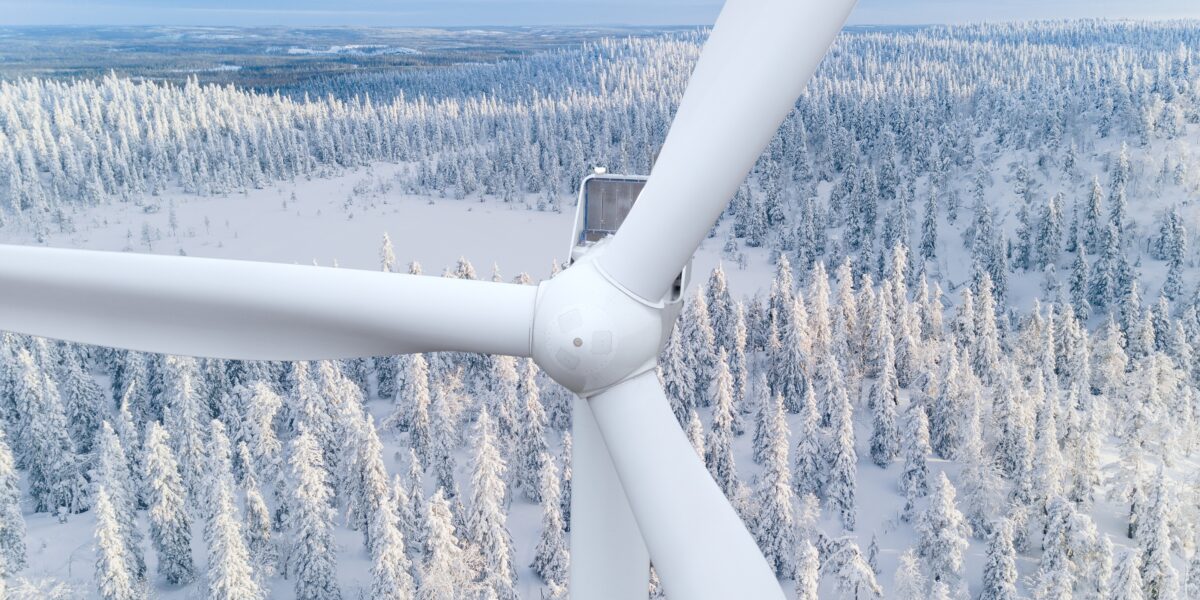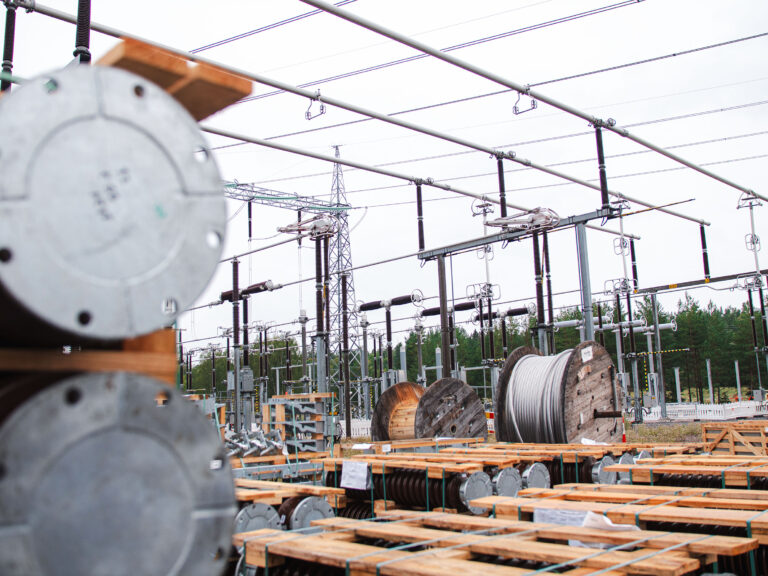A power shortfall is a situation where the electricity system is projected to have a shortage of electricity production capacity relative to consumption. This is not an immediate shortage of electricity but rather a risk or prediction that not all the electricity needed may be available at the moment it is needed.
In a power shortfall, it is known that production capacity exists, but it takes time to bring it online. This is different from an electricity shortage, which is a real-time and immediate imbalance where all possible production is already running, but it is still not enough to meet demand.
When does a power shortfall occur?
A power shortfall occurs when there are significant deviations in electricity generation forecasts or unexpected increases in demand.
In particular, weather-dependent energy production, such as wind power, is prone to forecast errors.
In particular, weather-dependent energy production, such as wind power, is prone to forecast errors. For example, a wind front may arrive late or leave earlier than expected. In winter, wind turbine blades can also freeze, reducing production efficiency. Although the share of solar power in Finland is not yet significant, its production is also reduced by cloud cover.
Small power shortfalls occur in the grid all the time, but they are not visible in the daily lives of consumers. They are offset using reserves.
“Problems arise when forecast errors are so large that it is difficult to prepare for them. Then we are talking about thousands of megawatts. These large imbalances may require different measures to cover the shortfall,” says Roger Gustavsson, Control Centre Manager at Fingrid.
Managing the efficiency gap through market-based instruments
Fingrid and other electricity network operators have a number of ways to manage a power shortfall and prevent it from becoming a real problem where consumption has to be disconnected.
Before resorting to more drastic measures, the electricity network operator will use market-based means. This means close contact with market participants, who are asked to review their balances and balance plans. When the need for regulation is detected in the grid, Fingrid activates bids for the manual Frequency Restoration Reserve (mFRR). This reserve is used to increase production or reduce consumption in order to keep the system stable.
The mFRR market is part of a wider Nordic and European balancing model that aims to improve the balancing of the electricity grid and the integration of renewable energy.
Lastly, reserve power and consumption limits
If market-based means are not enough, the next step is to start up Fingrid’s reserve power plants. If even reserve power cannot cover the shortfall, the last and most drastic remedy is to disconnect consumption – in other words, to target blackouts to specific areas or consumers.
“In addition to producers, balance responsible parties and reserve market operators, European transmission system operators are informed about the power shortfall,” says Gustavsson.
If the deviation is small, the power shortfall is solved without major intervention.
“But if the situation takes a turn for the worse, we need to assess whether it could get even worse and how quickly we need to react. This highlights the importance of proactive action and flexible market mechanisms.”







